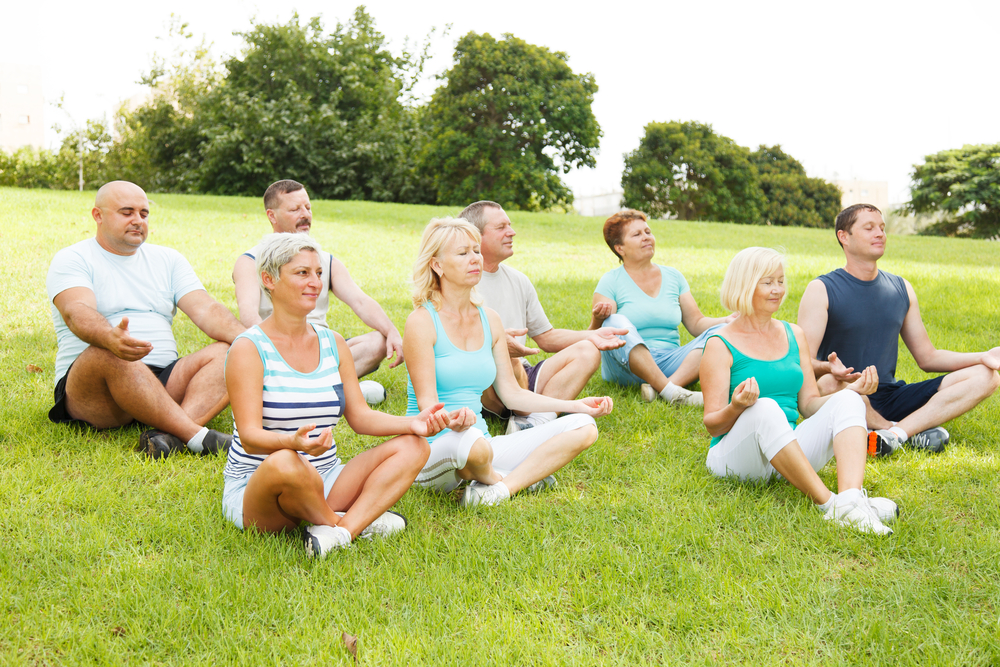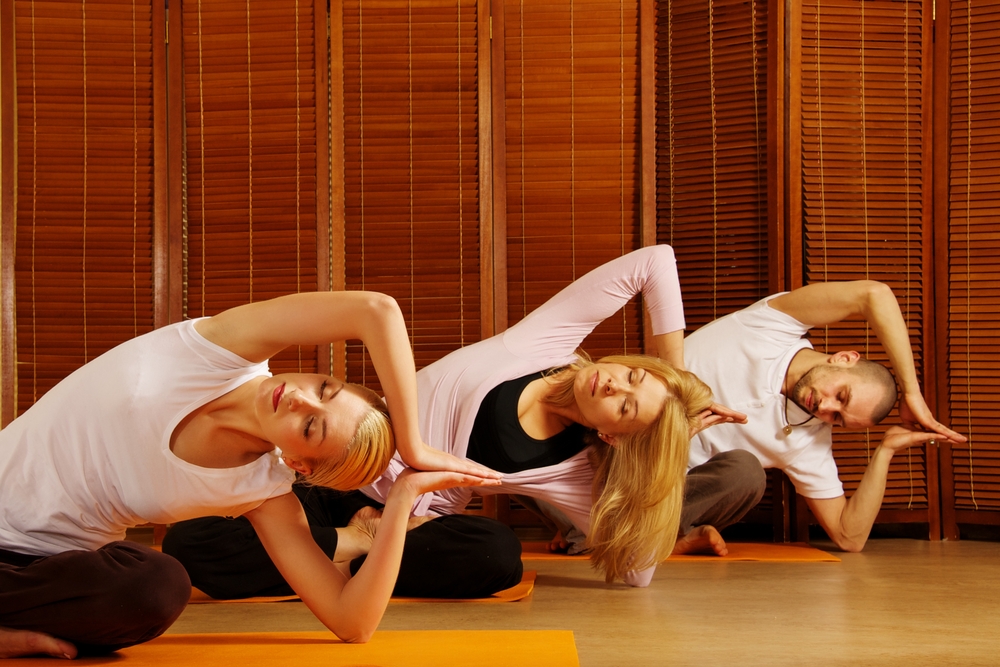[fusion_builder_container hundred_percent=”no” equal_height_columns=”no” menu_anchor=”” hide_on_mobile=”small-visibility,medium-visibility,large-visibility” class=”” id=”” background_color=”” background_image=”” background_position=”center center” background_repeat=”no-repeat” fade=”no” background_parallax=”none” parallax_speed=”0.3″ video_mp4=”” video_webm=”” video_ogv=”” video_url=”” video_aspect_ratio=”16:9″ video_loop=”yes” video_mute=”yes” overlay_color=”” video_preview_image=”” border_size=”” border_color=”” border_style=”solid” padding_top=”” padding_bottom=”” padding_left=”” padding_right=””][fusion_builder_row][fusion_builder_column type=”1_1″ layout=”1_1″ background_position=”left top” background_color=”” border_size=”” border_color=”” border_style=”solid” border_position=”all” spacing=”yes” background_image=”” background_repeat=”no-repeat” padding=”” margin_top=”0px” margin_bottom=”0px” class=”” id=”” animation_type=”” animation_speed=”0.3″ animation_direction=”left” hide_on_mobile=”small-visibility,medium-visibility,large-visibility” center_content=”no” last=”no” min_height=”” hover_type=”none” link=””][fusion_text]
Julia Clarke explains why yoga is a fantastic idea for stress management: mobility, breathing, stressing your body and teaching your body how to deal with that stress. “Collapsing is not relaxing.”
When you are “stressed out,” someone always says, “Do Yoga!” That’s wonderful but why should you “do yoga” if you are stressed out? The other comment “take a deep breath” it can seem a little snarky but it’s the truth!
This article on stress management is Number 1 in a 5 part series from the professionals at the Vail Vitality Center. We created this series for all clients suffering from stress and struggling with how to manage it in their lives. Stress is a very real concern for almost everyone that’s why we have taken the time to share our knowledge with you. Learn how to manage stress using a variety of modalities. Part 1, Part 2, Part 4, Part 5.
An edited version of this article was published in the Vail Daily
Physically, yoga enhances quality of life by sustaining your mobility. As we age in a static society, we lose mobility, leading to chronic pain and stiffness. It also prevents you from getting down on the ground and playing with your grandchildren. Energetically, if you’ve spent your working career at a desk, hunched over a computer, restricting deep breaths you could expect depleted tissues, calcified muscles, and cloudy minds and suffer a sense of anxiety.
Breathing deeply in yoga nourishes the body, clears the mind and relaxes the nervous system. Mentally, life today moves so quickly it’s easy to become overwhelmed and feel powerless. Yoga trains you to retain control over your thoughts and decisions.
Hatha Yoga class looks like an exercise routine for the physical body from the outside; the practice of yoga is looking at different elements making up the whole person. The Ancient yogic texts The Upanishads describe different layers of the human experience, including the physical body, the breath, and the mind. We can take any one of these and identify ways to manage stress using yoga.
Despite popular belief, yoga isn’t all about relaxing and achieving serenity. In Hatha Yoga, the poses are often difficult and challenging, just like life can be. Yoga is about recognizing that stress and suffering are part of life, and while not all stress is bad (it is important to our evolution and survival), stress is largely a choice. You can imagine that thousands of years ago, when the practice of Yoga was conceived, its practitioners had different stresses than we do today, like being eaten by a wild animals.
Today, we are pretty high up on the food chain, but we move at speeds much faster than our nervous system is prepared to deal with in life. Our lives get inundated with images and information, we have arguments with our loved ones, and all of this creates the same “fight or flight” response as being threatened by wild animals. If we were being chased by a tiger, the medulla would flood the system with adrenaline to help us run to safety. Assuming you survive, your body burns off that glucose and your system returns to normal.
 Today, if you have an argument, a tight deadline or are being chased and feeling stressed, your medulla doesn’t know the difference! The Medulla floods your system with adrenaline anyway, which never gets used up and remains in the system. In a Hatha Yoga class (and in meditation), the container for your experience is boiled down to you and your movements and your yoga mat.
Today, if you have an argument, a tight deadline or are being chased and feeling stressed, your medulla doesn’t know the difference! The Medulla floods your system with adrenaline anyway, which never gets used up and remains in the system. In a Hatha Yoga class (and in meditation), the container for your experience is boiled down to you and your movements and your yoga mat.
You are invited to move into challenging situations where you may want to run, fidget or feel angry like you do in an argument. The goal of yoga and meditation is to recognize all of your responses as choices, and practice staying with stress or discomfort and choosing a different mental response, one of steadiness and ease.
The physical practice of Hatha Yoga is a successful means of managing stress. Increasingly in Western society, we live static lives. The more common jobs in America involve sitting at a desk or standing at a production line, where the body inhabits the same pattern day after day. If you look at a newborn baby, or even any wild animal, you can see that our bodies are not designed to be static.
The human spine is designed to bear weight and absorb shock, and it has some 100 different articulations, yet many adults never twist, bend sideways, forwards or extend their spine. If you do not utilize these movements, you lose them.
Since the spine is attached physically to the respiration system via the rib cage, losing range of motion in the spine leads quickly to inhibit breathing patterns, which induces calcification of the respiration muscles, leading to stiffness and then frequently chronic pain. Simply inviting the practitioner to soften the body and relearn some of these movement patterns can restore mobility to the body’s structure and alleviate chronic pain.
The spine houses the Central Nervous System designed to alert us to danger, and common postures of hunching or rounding  the spine send signals to the nervous system that we are in a protective or “fight or flight” mode, where danger is imminent.
the spine send signals to the nervous system that we are in a protective or “fight or flight” mode, where danger is imminent.
You can actually feel in your own body that standing, sitting or walking around in a permanent posterior pelvic tilt causes the psoas muscle to tug on the bottom of the diaphragm that makes it harder to take a deep breath. Constant shallow breathing induces a permanent state of low-level anxiety. Yoga focuses on deep breathing targeting the spine and moving it in different directions. Yoga also opens the hips and pelvis to find a neutral or anterior tilt; it very quickly returns the student to a state of calm and physical ease.
Of course, the breath is never separate from the body, and a primary focus of yoga is deepening the breath. Westerners take shallow breaths in their everyday lives unless they are runners (hopefully) or have been trained otherwise. Once we have restored mobility to the spine and respiration muscles, we start to utilize the full capacity of the lungs to take deeper inhales.
We know this is calming to the nervous system (no longer wondering when its next breath is coming!), which is why we might tell a panicked friend to “take a deep breath.” Deep breathing also gives the body a break from trying to feed the tissues with a limited amount of oxygen. If you are only taking shallow breaths, your body can only sustain the systems it believes to be most important. The areas that are not receiving much oxygen are stressed and begin to stagnate.
 A great teacher of Restorative Yoga named Judith Hanson-Lasater once said “Collapsing is not relaxing.” As our work days and travel times have increased, the popular method of recovery is to collapse in front of the TV at the end of the day (or have a nervous breakdown!) Hatha Yoga emphasizes the important of conscious relaxation at the end of every class, when students are invited to lie down, relax their muscles and clear the mind of activity.
A great teacher of Restorative Yoga named Judith Hanson-Lasater once said “Collapsing is not relaxing.” As our work days and travel times have increased, the popular method of recovery is to collapse in front of the TV at the end of the day (or have a nervous breakdown!) Hatha Yoga emphasizes the important of conscious relaxation at the end of every class, when students are invited to lie down, relax their muscles and clear the mind of activity.
Different from sleeping, in which the various brain states and dreaming can be quite stressful, conscious relaxation is a powerful tool for managing stress.
Can someone do too much yoga? Julia Clarke says yes, a person could do too much overly vigorous yoga (which is popular today) and become injured or depleted, just as any over exercising would tax the body.
Ayurveda is the holistic sister science of yoga, and according to Ayurveda anything can be toxic or medicine depending on the situation. “Since people can overdo it we emphasize our Restorative Yoga, Honey Flow, and Lunar Flow offerings at The Vitality Center, particularly in ski season. Although Ayurveda recommends a daily yoga practice, if your practice is very vigorous you might want to make sure some of those days are Restorative.” Julia Clark
Julia Clarke is a yoga teacher and Maharishi Ayurvedic Wellness Consultant whose path has brought her from Scotland to Vail. She is the yoga director for the Vail Vitality Center, and is on teaching faculty for the Colorado School Of Yoga.
is a yoga teacher and Maharishi Ayurvedic Wellness Consultant whose path has brought her from Scotland to Vail. She is the yoga director for the Vail Vitality Center, and is on teaching faculty for the Colorado School Of Yoga.
Stress Management Series
- Part 1: Unexpected or uncontrolled weight gain? Fix it with stress management. By Dr Ben Stone.
- Part 2: Utilizing a personal trainer to handle stress. By Blake Gould
- Part 4: Combat stress with the Simple 1-2-3! By Angela Muzic
- Part 5: Too stressed to sleep? This can help! by Lisa Dekoster
Call us for more information 970-476-7960
More on the Vail Vitality Centers yoga program.
[/fusion_text][/fusion_builder_column][/fusion_builder_row][/fusion_builder_container]
